Thomas Heatherwick reveals how he will transform grain silos into an ambitious new art museum
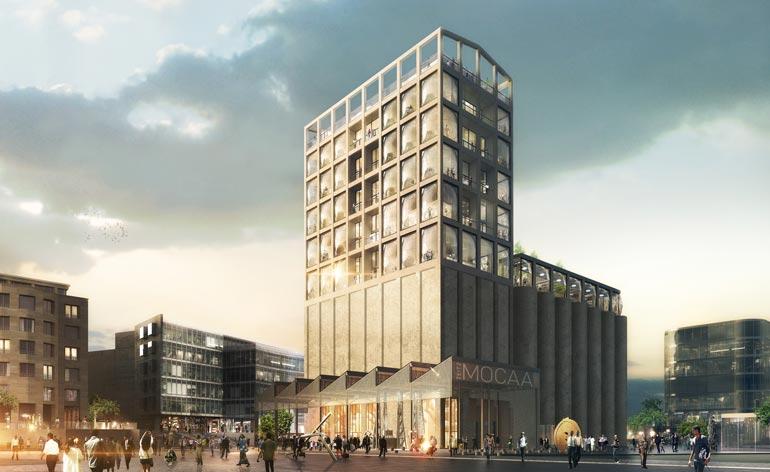
With Cape Town’s World Design Capital programme in full swing, last week the city unveiled its plans for the new Zeitz Museum of Contemporary African Art (MoCAA). Opening in 2016 in a former grain silo complex on the V&A Waterfront, the 9,500 sq m space is being created by British designer Thomas Heatherwick and curated by Capetonian Mark Coetzee, former director of the Rubell Family Collection in Miami.
Forty-two concrete cylinders make up the heart of the 1920s silo building. Heatherwick plans to carve eight of them out to create a central light-filled atrium that will host monumental art commissions and site-specific works. German collector Jochen Zeitz, who is funding much of the institution, is donating works from his private collection and acquiring new ones. A dragon sculpture created by the South African artist Nicholas Hlobo for the 2013 Venice Biennale, will be installed in the atrium.
Coetzee’s remit is to fill the museum with post-2000 works by artists from Africa and its diaspora, but heavyweights such as Steve McQueen, Yinka Shonibare and William Kentridge will also be present.
Heatherwick is retaining the industrial machinery that was fully operational until the silo closed in the mid 1990s, and its labyrinth of underground tunnels will be re-engineered to create education and site-specific spaces. A restaurant and rooftop sculpture garden will occupy the upper levels of the nine-floor building, and the remaining cylinders will be shaved down and transformed into 80 gallery spaces, for both Zeitz’s collection and temporary exhibitions.
We caught up with Heatherwick in Cape Town to find out more about the project...
W: How did you come to be involved?
Thomas Heatherwick: Nine years ago, I gave a talk at Design Indaba and crawled all around the inside of the abandoned silo. It stuck in my brain, and when new owners of The V&A Waterfront faced the problem of what to do with this idiosyncratic building made of tubes and no floors, they asked me to put together a proposal.
It's your first art gallery, so tell us about the design.
Billions of grains were collected and sorted in the silo. It was part of a collective system and other silos existed around South Africa. We are taking one grain, supersizing it and carving it out of the central columns. Today we did a concrete cutting test, to try and get it silky - like butter, but with a raw edge. It's a heritage site, so rather a bold thing to do.
What about the location?
What excites me about this project is that it's next to a working shipyard, offices and living space. It's really mixed and is the most visited precinct in Africa. New buildings so rarely have any soulfulness, and often cities make the mistake of creating a ghetto of culture. To me culture is everything, from the toilets to the buses.
How do you think Zeitz MOCAA will impact on the city?
There is no major world-class institution in Africa, and our brief is to create one. It has hit us straight in the face. There will be incredible pieces on show, because, until now, there hasn't been a conservation grade, environmentally controlled exhibition space on the continent, so artists, galleries and collectors haven't been able to lend significant pieces. The South Africans I have spoken to predict that the centre of gravity for the art world will shift from Johannesburg to Cape Town.
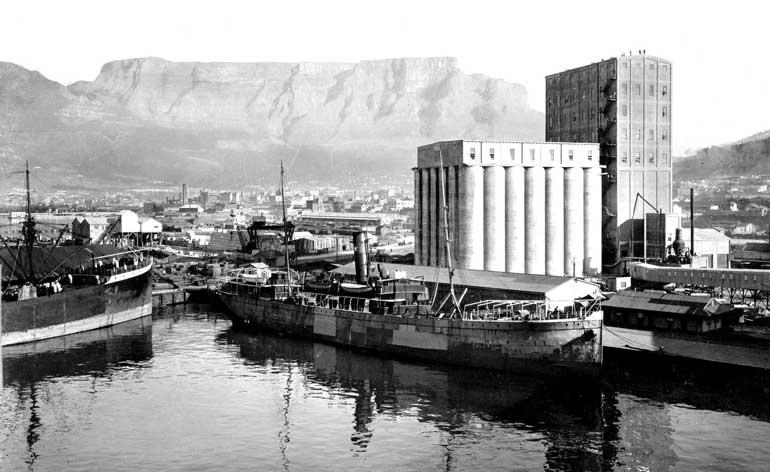
A historical picture of the imposing grain silo complex
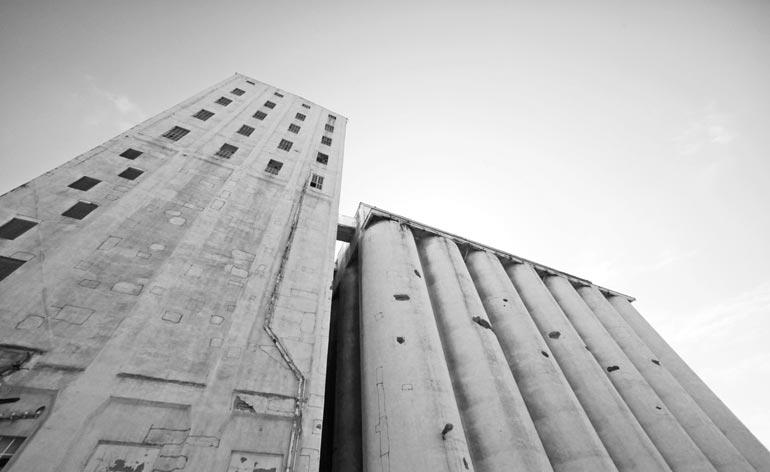
Forty-two concrete cylinders make up the heart of the 1920s building
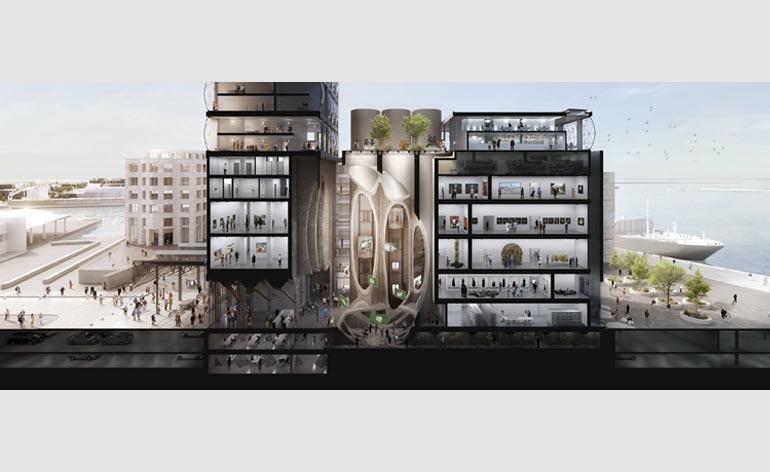
Heatherwick plans to carve eight of them out to create a central light-filled atrium that will host monumental art commissions and site-specific works.
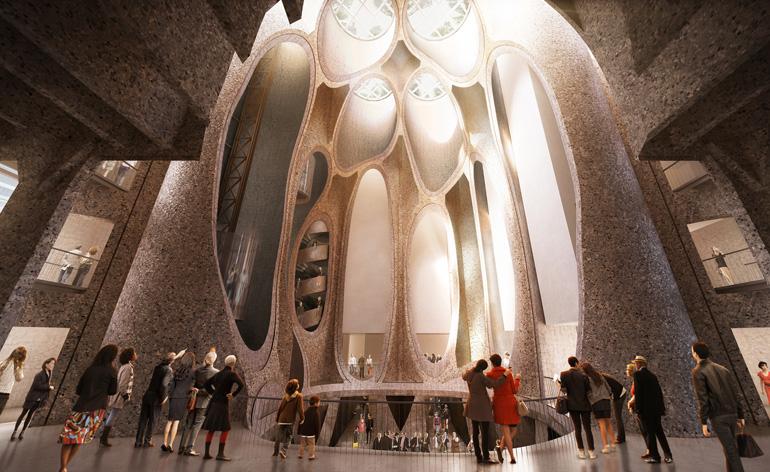
Says Heatherwick: 'Billions of grains were collected and sorted in the silo. It was part of a collective system and other silos existed around South Africa. We are taking one grain, supersizing it and carving it out of the central columns.'
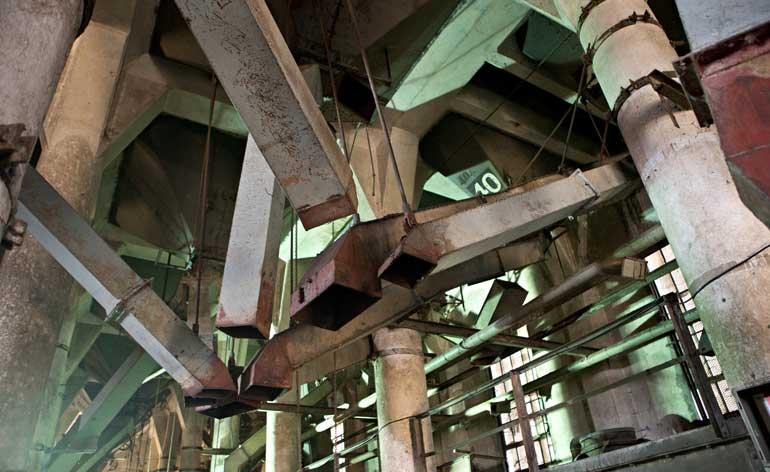
The interior of the building, in its current state
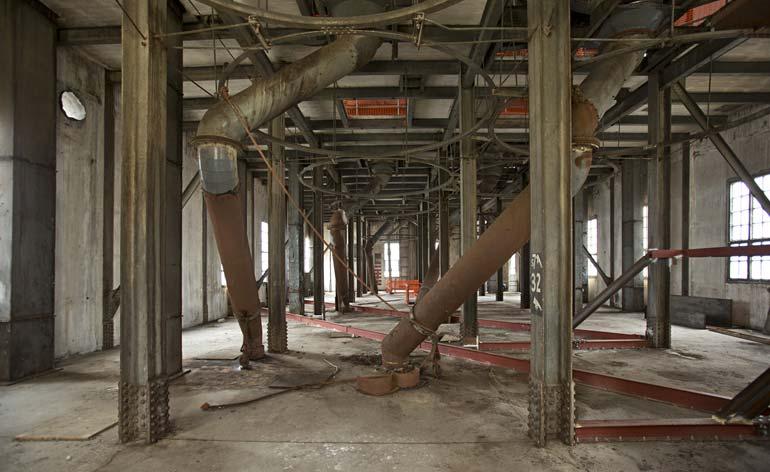
Heatherwick will retain the industrial machinery that was fully operational until the silo closed in the mid 1990s, and its labyrinth of underground tunnels will be re-engineered to create education and site-specific spaces
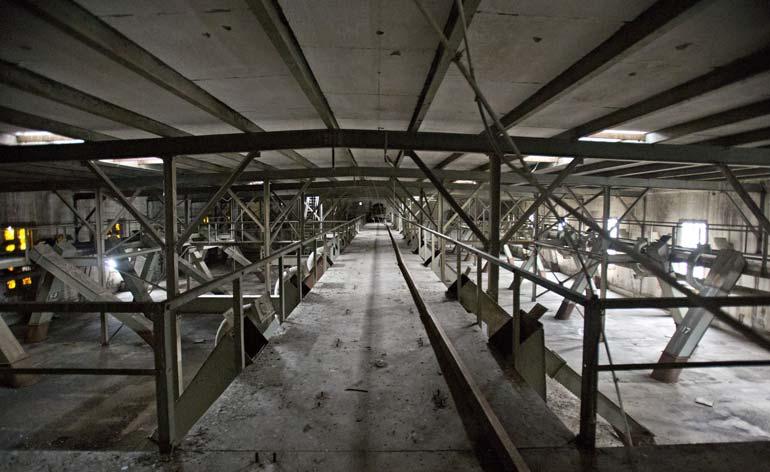
The transformation of the the 9500m2 space is scheduled for completion in 2016
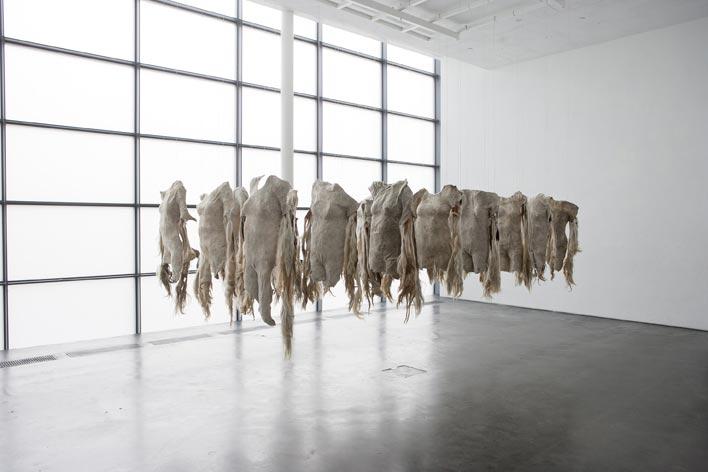
German collector Jochen Zeitz, who is funding much of the institution, is donating works from his private collection and acquiring new ones. Curator Mark Coetzee's remit is to fill the museum with post-2000 works by artists from Africa and its diaspora. Pictured, is 'Emabutfo', by Nandipha Mntambo, 2009, from the existing collection.
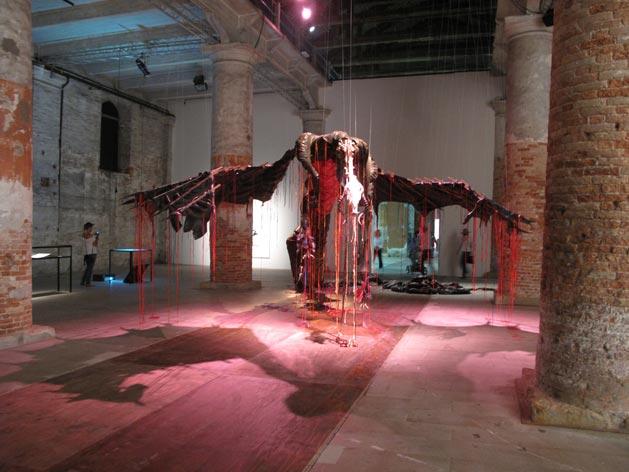
'Iimpundulu Zonke Ziyandilandela (All the Lightning Birds are After Me)', by Nicholas Hlobo, 2011.
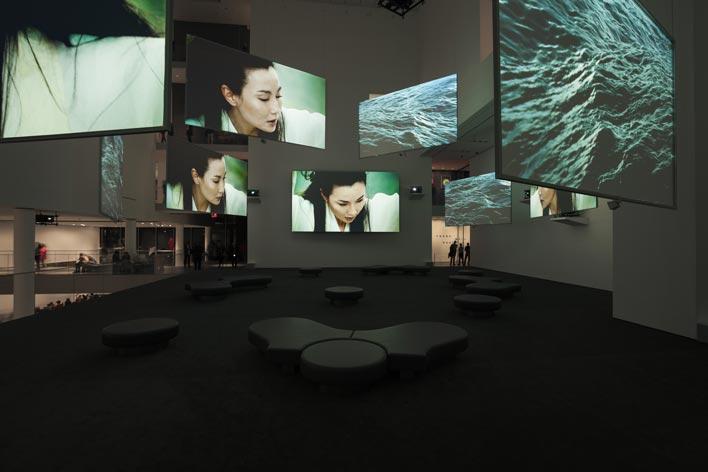
'10,000 Waves' installation, by Isaac Julien, 2010.
Receive our daily digest of inspiration, escapism and design stories from around the world direct to your inbox.
Emma O'Kelly is a freelance journalist and author based in London. Her books include Sauna: The Power of Deep Heat and she is currently working on a UK guide to wild saunas, due to be published in 2025.
-
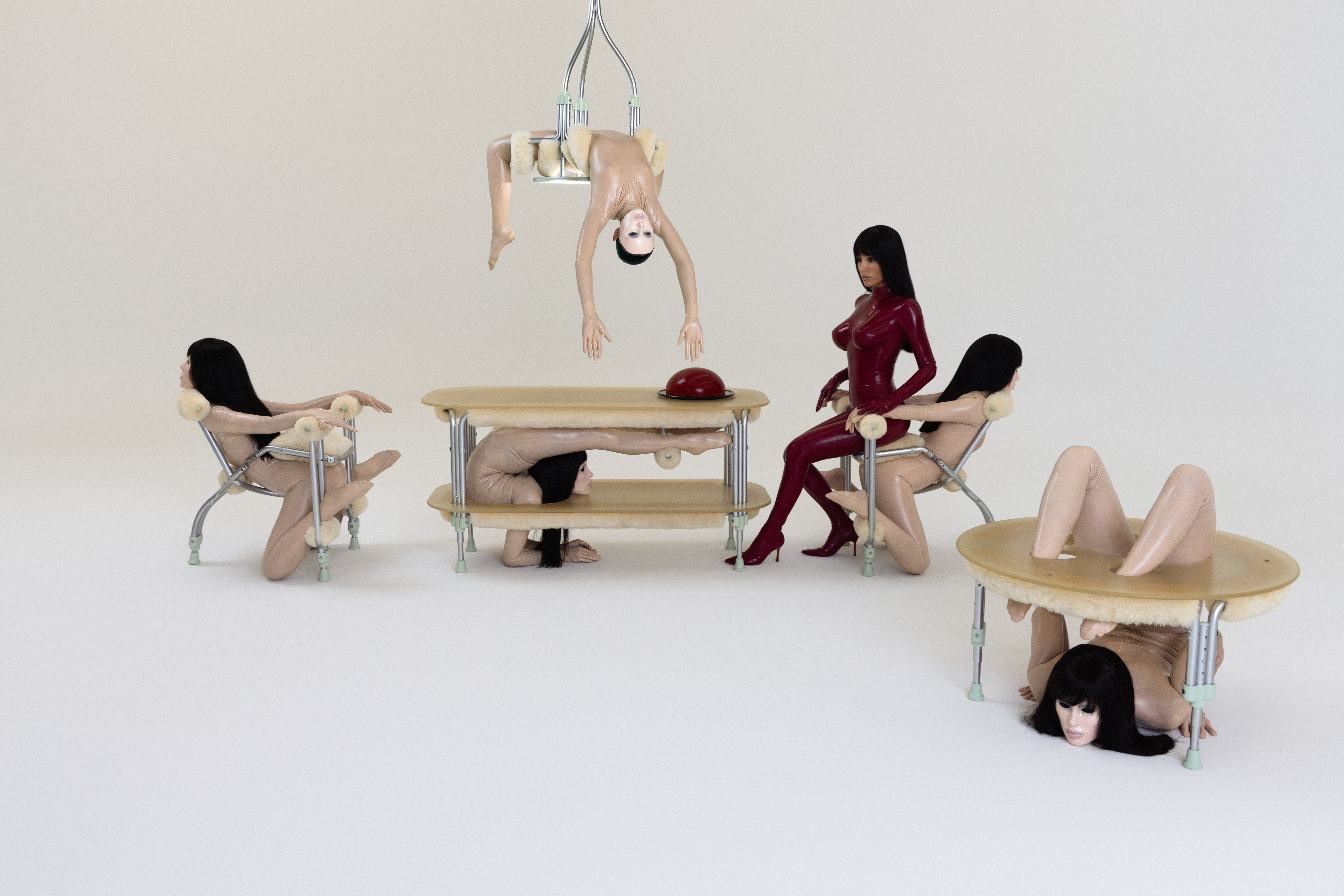 Eight questions for Bianca Censori, as she unveils her debut performance
Eight questions for Bianca Censori, as she unveils her debut performanceBianca Censori has presented her first exhibition and performance, BIO POP, in Seoul, South Korea
-
 How to elevate a rental with minimal interventions? Charu Gandhi has nailed it with her London home
How to elevate a rental with minimal interventions? Charu Gandhi has nailed it with her London homeFocus on key spaces, work with inherited details, and go big on colour and texture, says Gandhi, an interior designer set on beautifying her tired rental
-
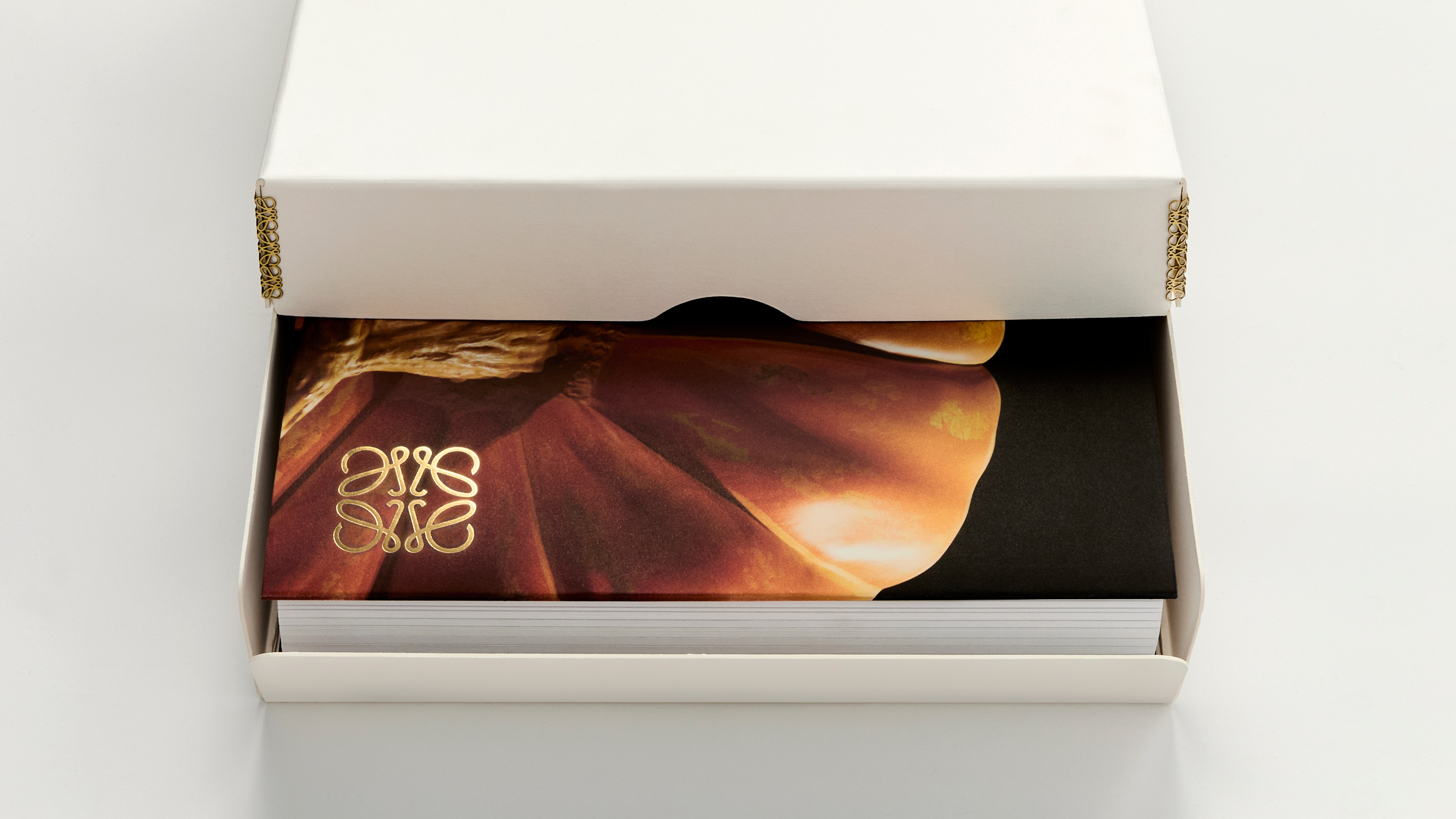 These fashion books, all released in 2025, are the perfect gift for style fans
These fashion books, all released in 2025, are the perfect gift for style fansChosen by the Wallpaper* style editors to inspire, intrigue and delight, these visually enticing tomes for your fashion library span from lush surveys on Loewe and Louis Vuitton to the rebellious style of Rick Owens and Jean Paul Gaultier
-
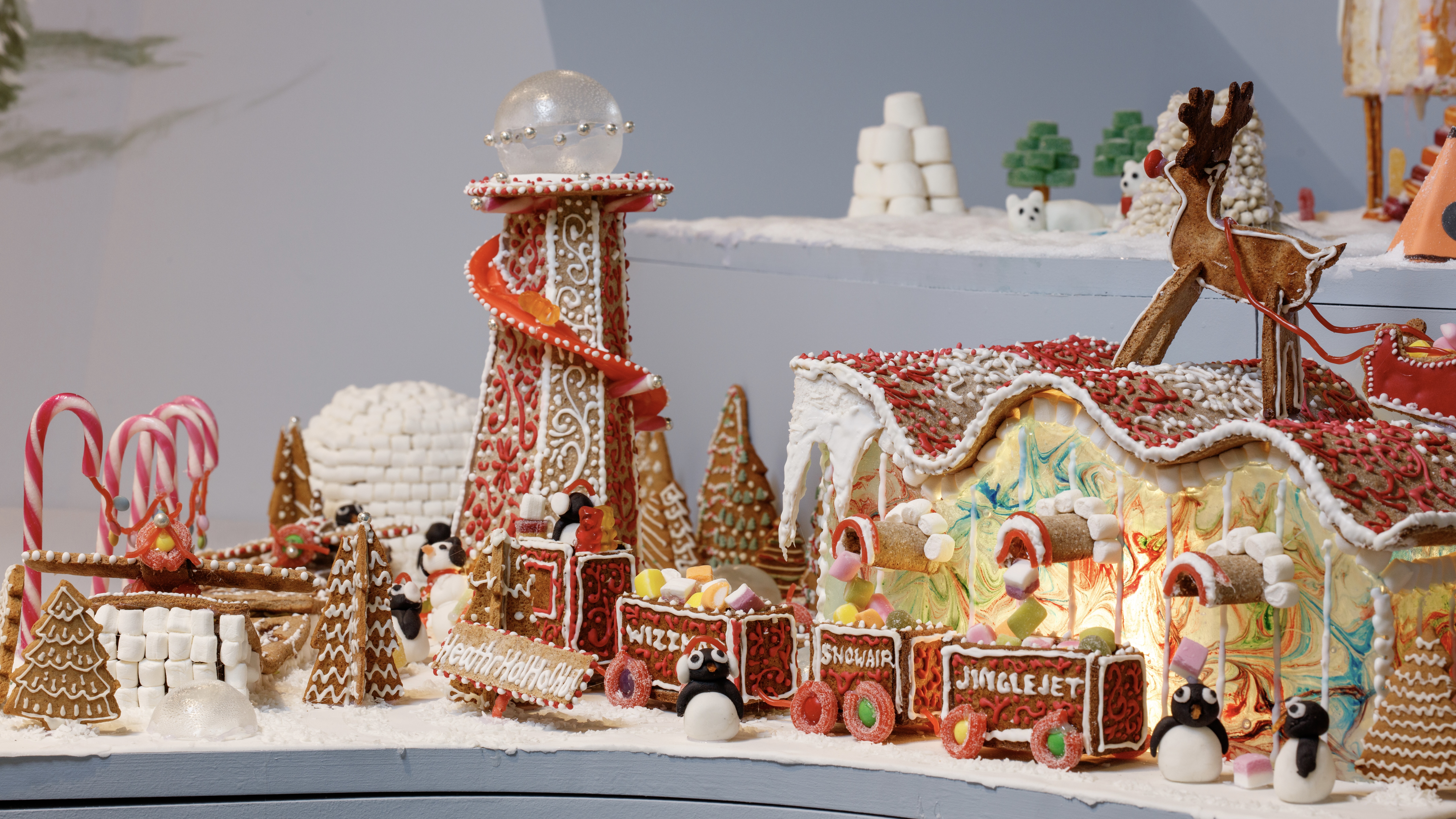 Welcome to The Gingerbread City – a baked metropolis exploring the idea of urban ‘play’
Welcome to The Gingerbread City – a baked metropolis exploring the idea of urban ‘play’The Museum of Architecture’s annual exhibition challenges professionals to construct an imaginary, interactive city entirely out of gingerbread
-
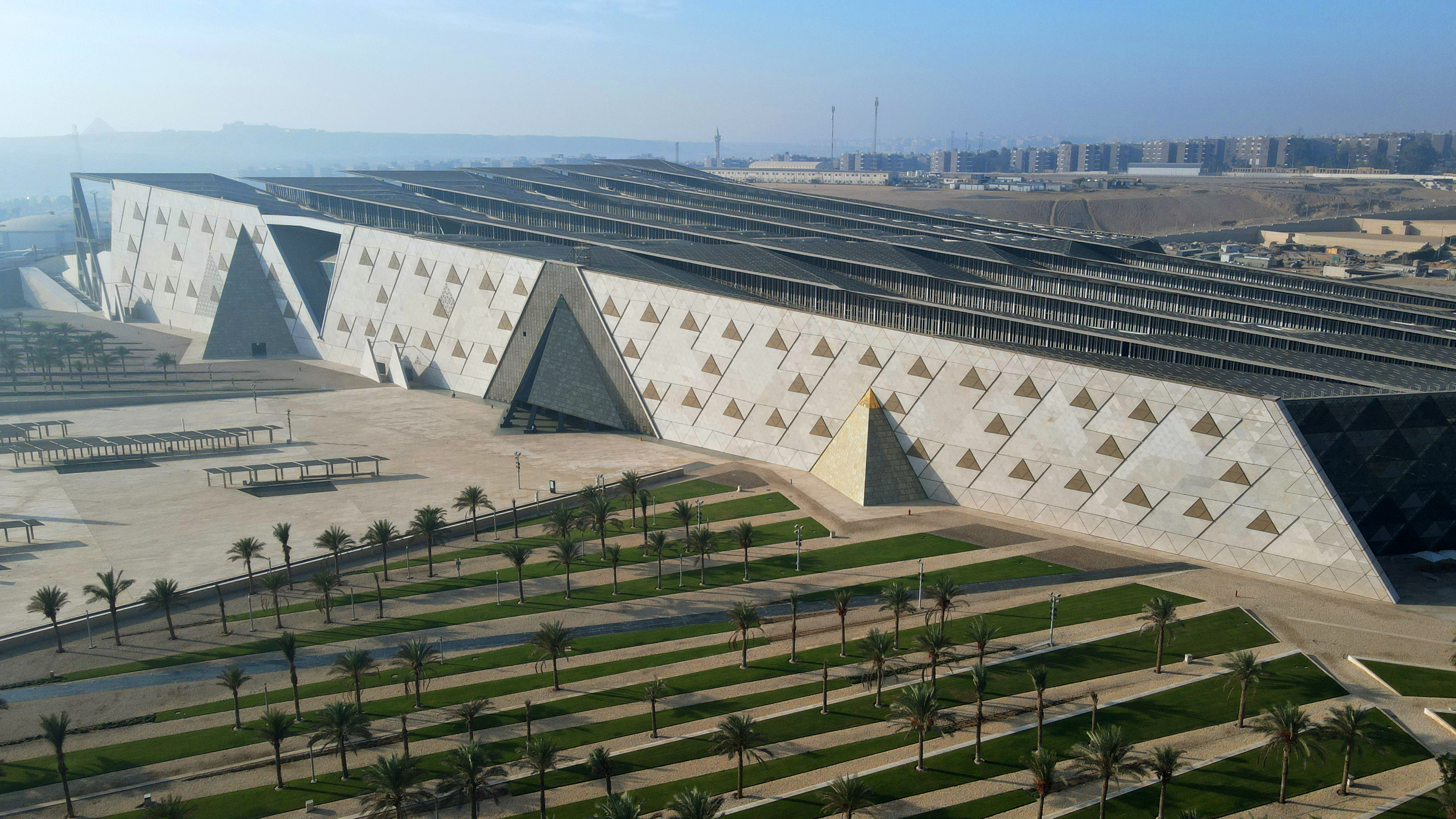 The Grand Egyptian Museum – a monumental tribute to one of humanity’s most captivating civilisations – is now complete
The Grand Egyptian Museum – a monumental tribute to one of humanity’s most captivating civilisations – is now completeDesigned by Heneghan Peng Architects, the museum stands as an architectural link between past and present on the timeless sands of Giza
-
 Thomas Heatherwick's 2025 Seoul architecture biennale calls for ‘radically more human’ buildings
Thomas Heatherwick's 2025 Seoul architecture biennale calls for ‘radically more human’ buildingsThe 2025 Seoul architecture biennale launches in the South Korean capital, curated by Thomas Heatherwick, who argues for creating buildings in tune with emotion, 'the thing that drives us'
-
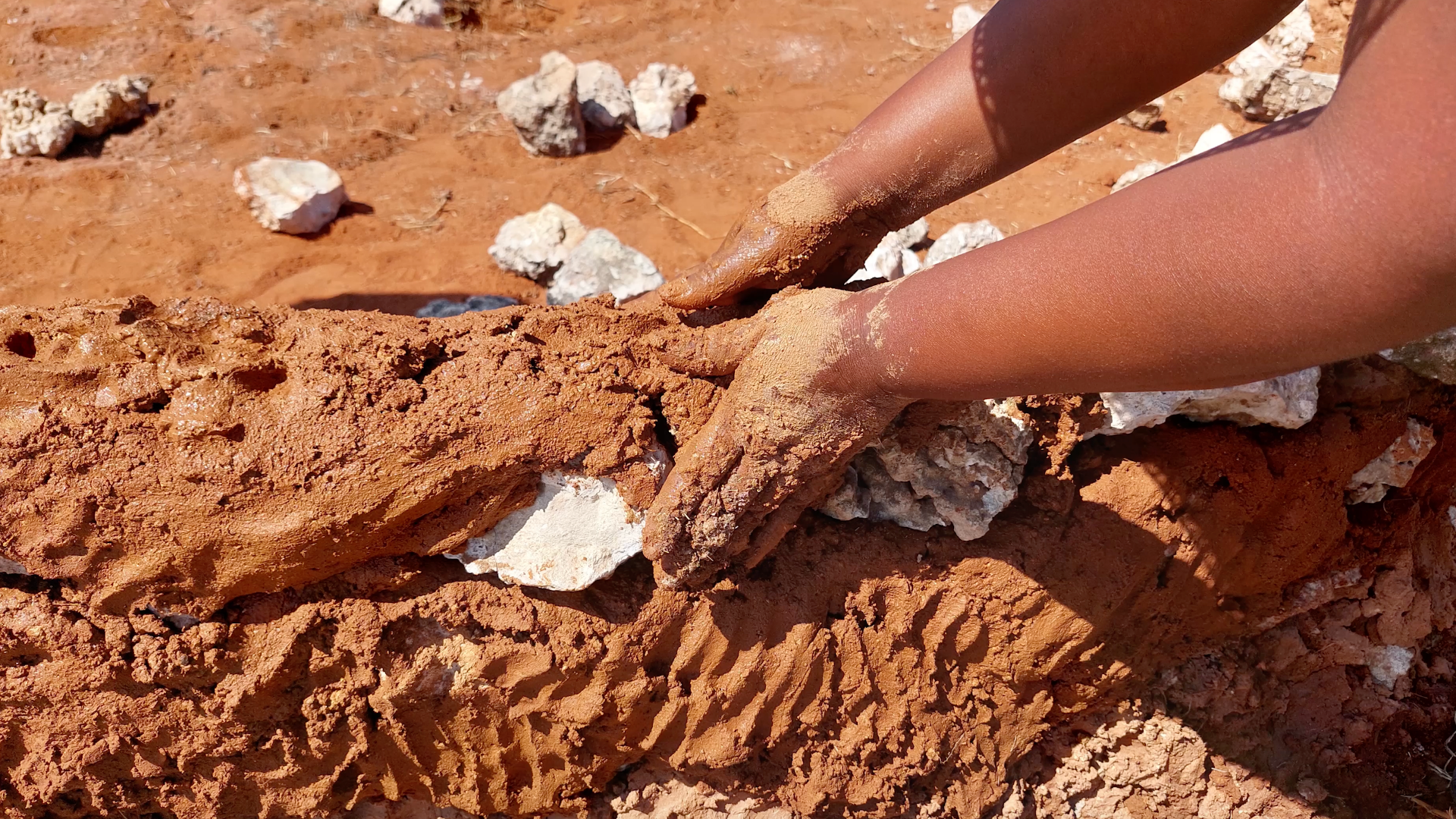 Meet Rural Futurisms, 'agents for catalytic change' in South Africa's landscape design field
Meet Rural Futurisms, 'agents for catalytic change' in South Africa's landscape design fieldLed by Lesego Bantsheng, the collective is challenging conventional ideas of landscape by reimagining how rural communities connect with heritage, ecology and design
-
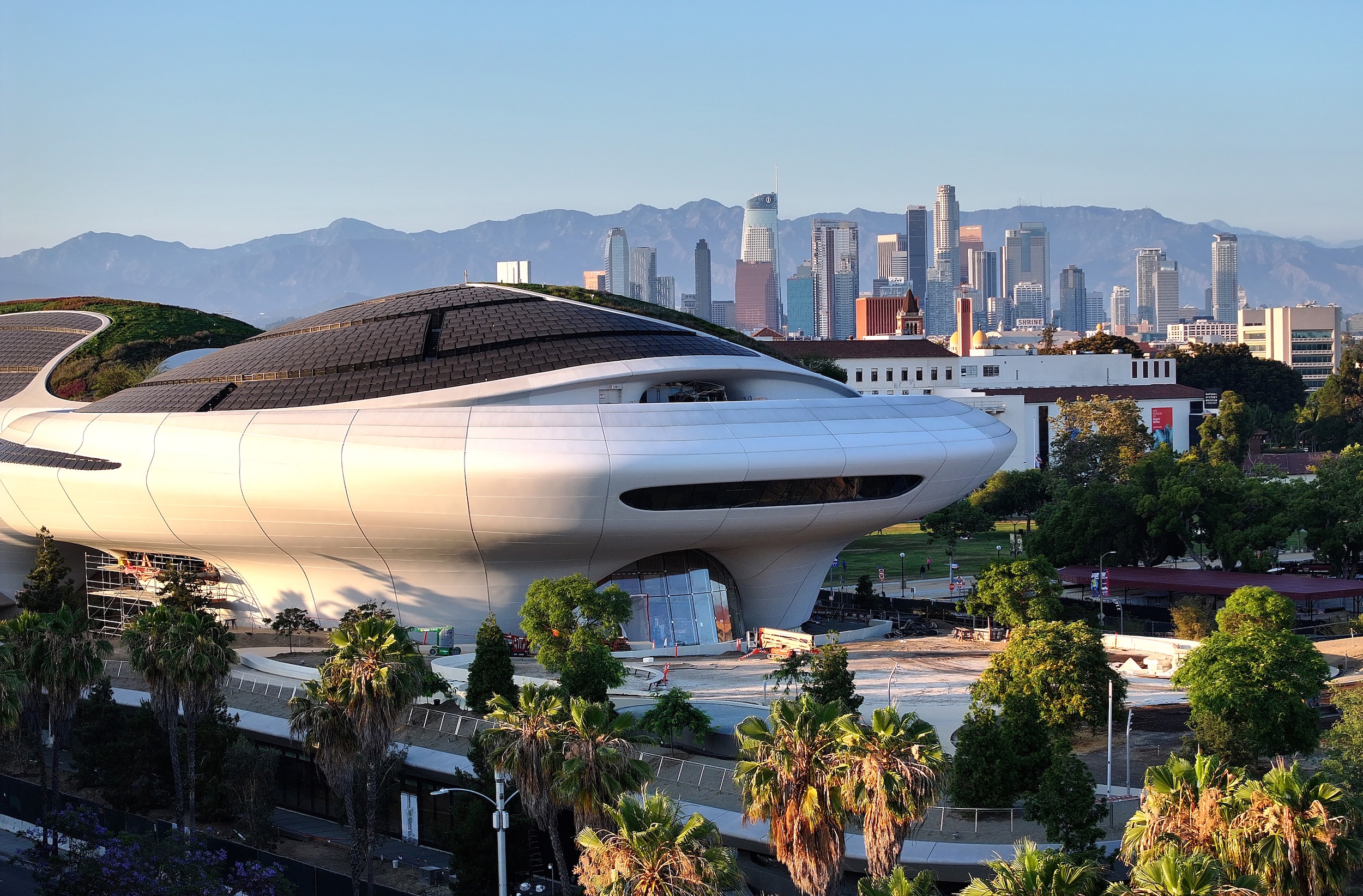 George Lucas’ otherworldly Los Angeles museum is almost finished. Here’s a sneak peek
George Lucas’ otherworldly Los Angeles museum is almost finished. Here’s a sneak peekArchitect Ma Yansong walks us through the design of the $1 billion Lucas Museum of Narrative Art, set to open early next year
-
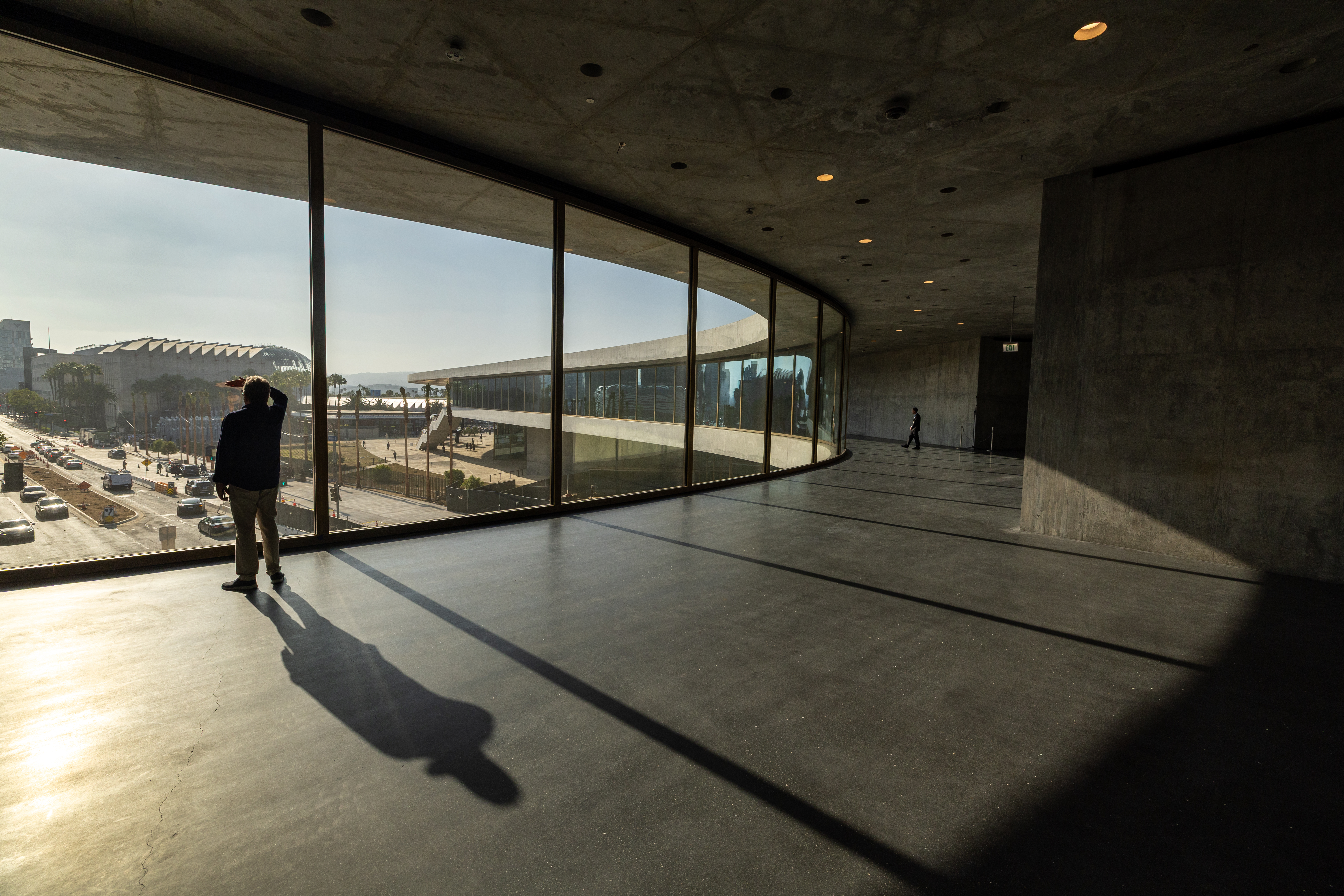 The great American museum boom
The great American museum boomNine of the world’s top ten most expensive, recently announced cultural projects are in the US. What is driving this investment, and is this statistic sustainable?
-
 The Yale Center for British Art, Louis Kahn’s final project, glows anew after a two-year closure
The Yale Center for British Art, Louis Kahn’s final project, glows anew after a two-year closureAfter years of restoration, a modernist jewel and a treasure trove of British artwork can be seen in a whole new light
-
 You’ll soon be able to get a sneak peek inside Peter Zumthor’s LACMA expansion
You’ll soon be able to get a sneak peek inside Peter Zumthor’s LACMA expansionBut you’ll still have to wait another year for the grand opening